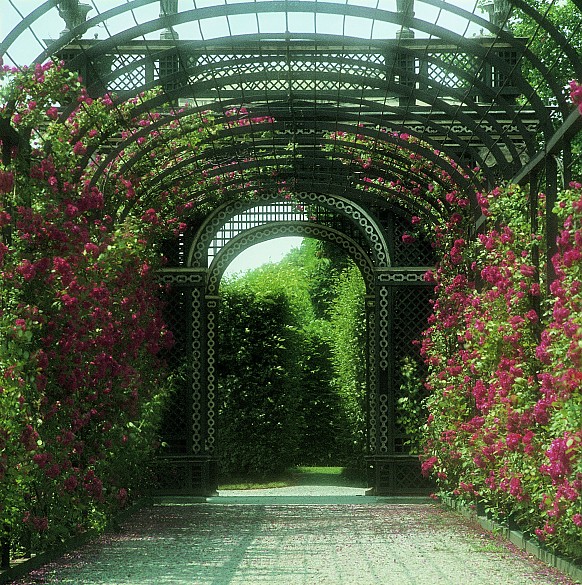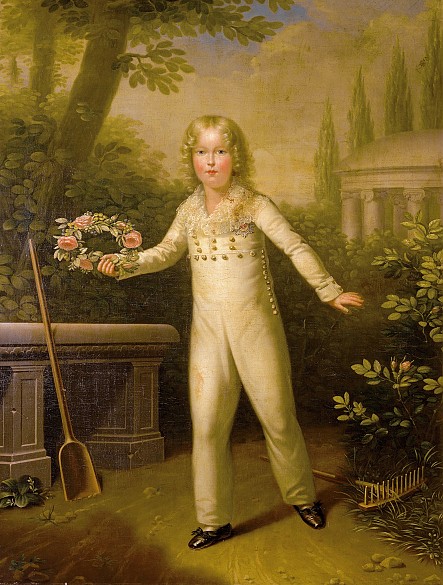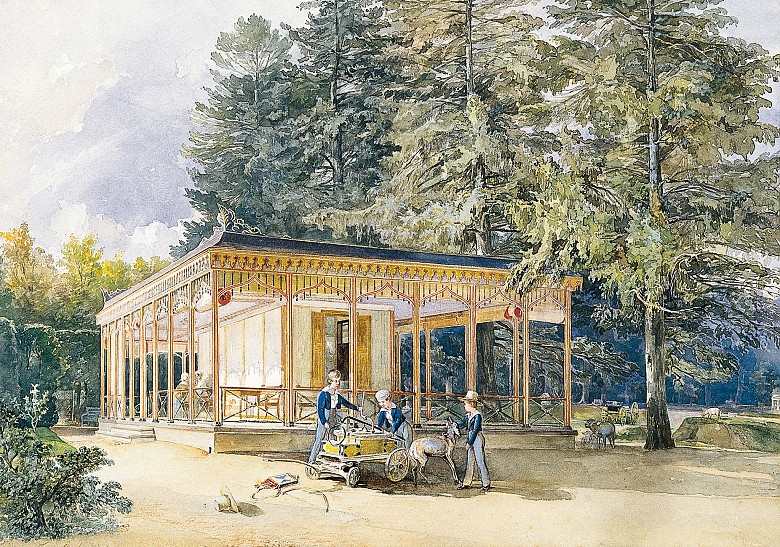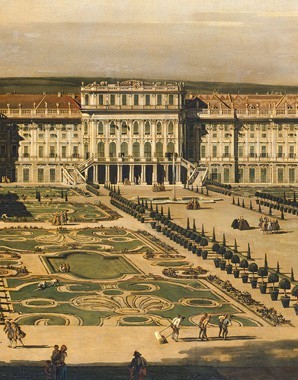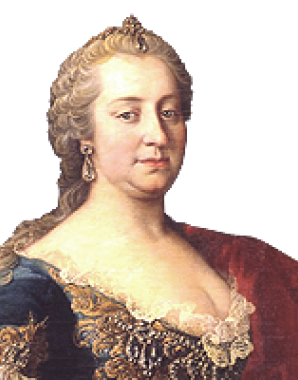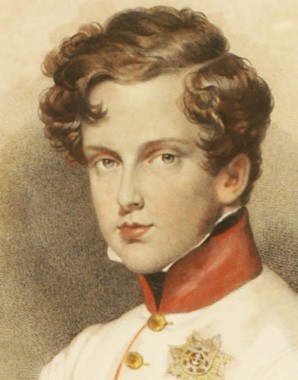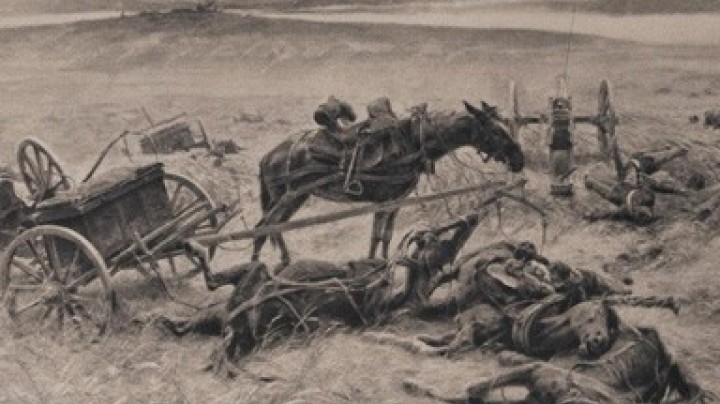Private – No Entry!
Although most of the park was opened to the public in 1779, during Maria Theresa’s lifetime, some areas remained the exclusive preserve of the imperial family until 1918.
The oldest parts of the garden at Schönbrunn are the Privy Gardens which adjoin the sides of the palace and from the Baroque era onwards provided a favourite retreat from the leaden constraints of Court ceremonial. The striking feature of these elaborately designed gardens with their intimate floral parterres, secluded hedged enclosures, airy pavilions and shady arbours is their ingenious, almost mosaic-like quality that makes them appear like miniature Baroque works of art. Empress Elisabeth particularly appreciated these exclusive areas. She moved her private apartments onto the ground floor in order to have direct access to the Privy Gardens on the Hietzing (western) side of the park. There, shielded from the public eye, she could slip out into the fresh air and satisfy her need for exercise. When it snowed, she had wooden planks put down on the paths so that she could continue to go for walks even in inclement weather. A keen horsewoman, the empress had her own summer riding arena immediately adjoining her private garden. Although this has long since disappeared, a path still follows its course.
Habsburg offspring were also sent out into the park to get healthful doses of fresh air, and traces of imperial childhood haunts can still be found at Schönbrunn. Hidden away in a densely wooded part of the park on the hill with the Gloriette is the ‘Robinson Cave’ of the Duke of Reichstadt, a small log cabin where Napoleon’s son in good old Habsburg tradition would stow his gardening tools under the watchful eyes of his grandfather, Emperor Franz II (I), who in keeping with Habsburg tradition had learned to garden as a child.
The games and activities enjoyed by Emperor Franz Joseph as a child at Schönbrunn were intended to prepare him for his future role. In the ‘Meidlinger Vertiefung’, a sunken area of garden in the eastern half of the park, one can still see the traces of the imperial playground, where there was a pavilion at the centre of a small animals enclosure, an ‘Indian’s hut’ made of straw but also (in keeping with the military cast of his upbringing) a little fortress with earth ramparts and an exercise ground.
The foundations of Franz Joseph’s conception of imperial identity were laid down during this time; at 13 he penned a composition in which he stated that ‘the grand, the imperial, the symmetric, the particular forms’ of the park at Schönbrunn best suited his disposition.
